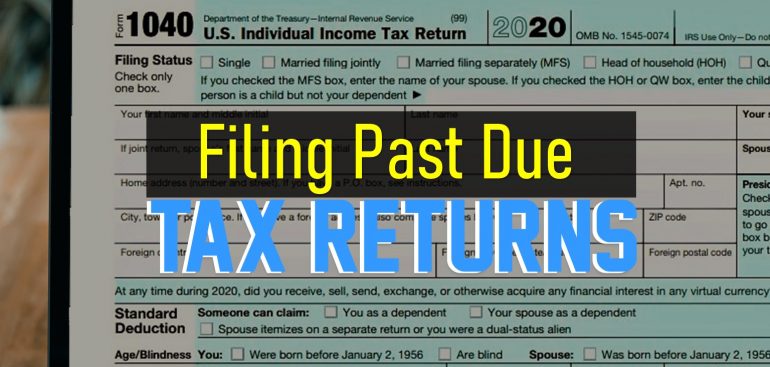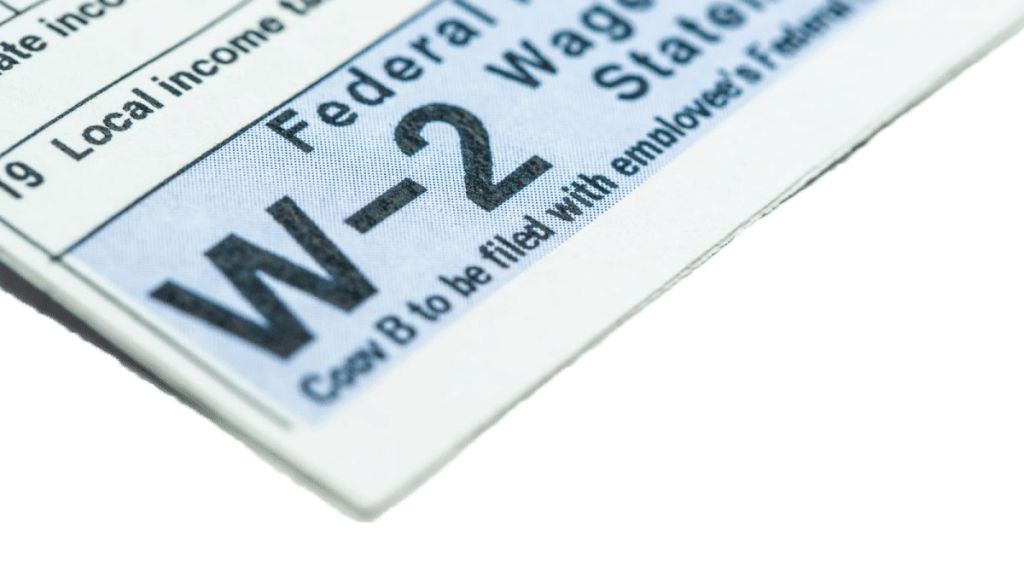Many parents are unaware that claiming their children as dependents might save them money on taxes. Claiming a dependent can drastically cut your taxable income and enhance your tax return. All of this is dependent on whether the dependent meets all of the IRS requirements and passes all of the tests and credits required to be classified as a dependent.
Who is a Dependent?
A dependent is someone who relies on you for financial support or who is otherwise reliant on you. Dependents can be a child, a relative, or anyone else you know who is financially dependent on you. Although not everyone you look after qualifies as a dependent according to the IRS. To qualify as a dependent, you must ensure that the person you are caring for complies with all of the IRS’s rules and regulations. Let’s take a look at what those regulations and standards are.
Requirements for a Dependent:
The IRS states that in order to qualify for a dependent, the dependent must meet all of their standards. The dependent is usually a child, an adopted child, a stepchild, or an eligible foster child who you fully care for. According to the IRS standards, every dependant must be a qualifying relative to you. Being the primary provider for these dependents grants you the head of household filing status, which permits you to pay lower tax rates than a single or married tax filer.
Even if you paid your own taxes and filed a tax return, there is a method for you to become a dependent. However, if you become dependent on your own, you will be unable to claim a dependent. If you file joint taxes with your spouse, you may be able to claim yourself as a dependant, but neither you nor your partner may claim any additional dependents.
Here is a list of the tests, as well as an explanation of who qualifies. Keep in mind that this is only the first step; there will be more tests to determine the tax credits and deductions that apply to you as a result of the dependent.
Claiming a Child:
If you are looking for higher tax credits, claiming a child as a dependent is the best option. Here is a list of IRS tests for a qualifying child:

- Relationship Test: They are your child, stepchild, foster child, sibling, half-sibling, stepsibling, or a descendant of any of them.
- Age Test: They must be under the age of 19 at the end of the year and younger than you (or your spouse if filing jointly), a full-time student under the age of 24 at the end of the year, and younger than you (or your spouse if filing jointly), or permanently and totally disabled at any time during the year, regardless of age.
- Residency Test: They must have spent more than half of the year with you. There are exceptions if the child was absent for a short period of time due to illness, education, business, or vacation. Another exemption is if the child was born or died during the annual year.
- Support Test: The child must have been provided support from you for more than half a year.
- Child’s Filing Status: The child must not have been married, married but not filing a joint return, or married but only filing a joint return to claim a refund.
Claiming a Relative:
The requirements for a qualifying relative to become a dependent differ from those for a child dependent. Remember that even if a child does not fulfill the qualifications for a qualifying child dependent, they can be a qualifying relative.
To qualify as a qualifying relative, either the relationship test or the member of the household test must be met. If the dependant fits either of these criteria, they will be subjected to additional tests in order to qualify.
Here are the rules/tests that the IRS has put out for a qualifying relative:
Relationship Test:
- Confirm that neither you nor anybody else is already claiming them as a qualifying child dependent.
- The dependent must have lived with you for the whole year, with the exception of temporary absences, unless they are a relative who is exempt from having to live with you while being your dependant.
- Relatives who live apart from you but are financially reliant on you: your child, parent, sibling, stepparent, stepchild, step-sibling, half-sibling, grandparent, grandchild, grandparent, and in-laws. Your blood relatives, such as your uncle/aunt and niece/nephew, also meet the relationship test; but, your cousin cannot qualify.
Member of Household Test:
- Taxpayers can meet the member of household test if the dependent lives with them under the following conditions: the dependent does not have to be related to the taxpayer, the dependent must have lived with the taxpayer all year except for any temporary absences, and the relationship between the taxpayer and the dependent must not violate local laws.
After meeting the requirements for one of the above tests, the dependent and the taxpayer then need to meet other requirements:
- Filing Status and Citizen Test: The dependent must be unmarried, married but does not file a joint return, or married but only files a joint return for withheld tax refunds. The dependent was a U.S. citizen, resident, or national for some of the year, or a Canadian or Mexican resident for some of the year.
- Gross Income Test: The person attempting to qualify as a dependant must have earned less than $4,300 in gross income for the tax year 2020, which will be shown on their 2021 tax returns.
- Support Test: The support test assures that the taxpayer, which means you, contributed more than half of the total support for the dependant for the entire year. Support from other sources is exempt, as are children receiving support from divorced or separated parents.
Tax Credits for Claiming a Dependent:
The primary reason taxpayers claim a dependant on their tax return is to obtain lower tax rates and bigger returns. By claiming a dependant, you are eligible for tax credits and deductions. Tax credits reduce the amount of taxes owed by a specific amount based on the type of dependent and your income. Here are some of the credits that can be applied to your tax rate when you claim a dependent:
Child Tax Credit (CTC):
The CTC is a tax benefit that can be worth up to $2,000 per qualified child. If you file your taxes single and earn up to $200,000 in adjusted gross income, or if you file jointly with your spouse and have a combined income of $400,000, the credit may be reduced. All of this requires a qualifying child who meets all of the IRS’s requirements for all of the tests.
Additional Child Tax Credit (ACTC):
If your tax liability is reduced to zero as a result of CTC, you will be repaid the remaining credit of up to $1,400 per qualified child, and the income limits indicated in CTC apply here as well.
Other Dependent Credit (ODC):
This non-refundable credit is for the taxpayer’s additional dependents and can be claimed for up to $500 per dependent. If the taxpayer claimed a CTC or ACTC for this dependent, they will not be granted this amount.
Earned Income Tax Credit (EITC):

The EITC is for taxpayers who earn very low income and therefore cannot fully take care of their dependents. The EITC helps those families get a tax break to reduce the taxes they owe. The credit amount depends on your filing status, the number of dependents, and your income.
The amount you can claim for the EITC varies depending on your filing status. The chart below illustrates the maximum credits you can claim for the tax year 2020 based on the number of qualifying dependents and your AGI.
| Number of Dependents Qualified | Maximum Adjusted Gross Income (filing as single, head of household, or widowed) | Maximum Adjusted Gross Income (filing as married filing jointly) | Maximum Credits |
|---|---|---|---|
| 1. | $15,820 | $21,710 | $538 |
| 2. | $41,756 | $47,646 | $3,584 |
| 3. | $47,440 | $53,330 | $5,920 |
| 4. | $50,594 | $56,844 | $6,660 |
There are various exceptions for investment income. If a person earns more than $3,650 in investment income, he or she will be unable to claim the EITC for tax years 2020 or 2021.
Tax Deductions for Claiming a Dependent:

A deduction occurs when a portion of your income is deducted and the remainder is only taxable. So, if I had a $10,000 income and a $1,000 deduction, just $9,000 of my income would be taxable.
The standard deduction varies depending on your filing status; most taxpayers use the standard deduction. If you are single or married filing separately, your standard deduction is $12,550. If you are a head of household, your deductions increase to $18,800, and if you are married filing jointly or a widower, your deductions climb to $25,100. All of these deductions are effective in 2021. You can also take the standard deduction if your total deductions are less than the standard deduction.
Many deductions are not contingent on whether or not you have qualifying dependents, but some are, such as the medical and dental expenses deduction and the student loan interest deduction. Medical and dental expenditures are deductible if your and your dependents’ medical expenses exceed 7.5 percent of your AGI. If you pay your dependent’s student loan, you can deduct the interest paid.
Tax Exemptions for Claiming a Dependent:
Tax exemptions are similar to deductions, however, they no longer exist as of 2017 according to the Tax Cuts and Jobs Act. However, you can still claim tax breaks for years prior to 2018. Contact SDG Accountant to see if you qualify for any exemptions for tax years 2017 and prior. All this requires a tax accountant who can help you navigate through your options and tax credits and find the credits available for you. We at SDG Accountants can reduce your tax rates by qualifying your dependents and claiming tax credits for you. Book a consultation today!




